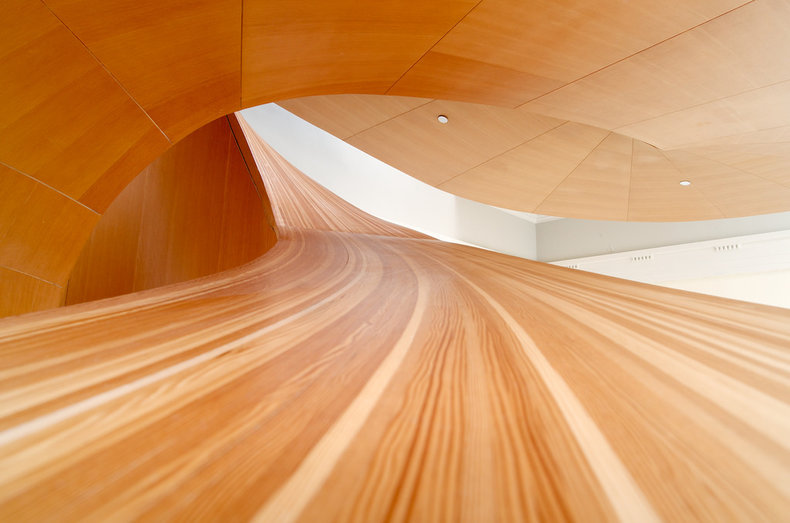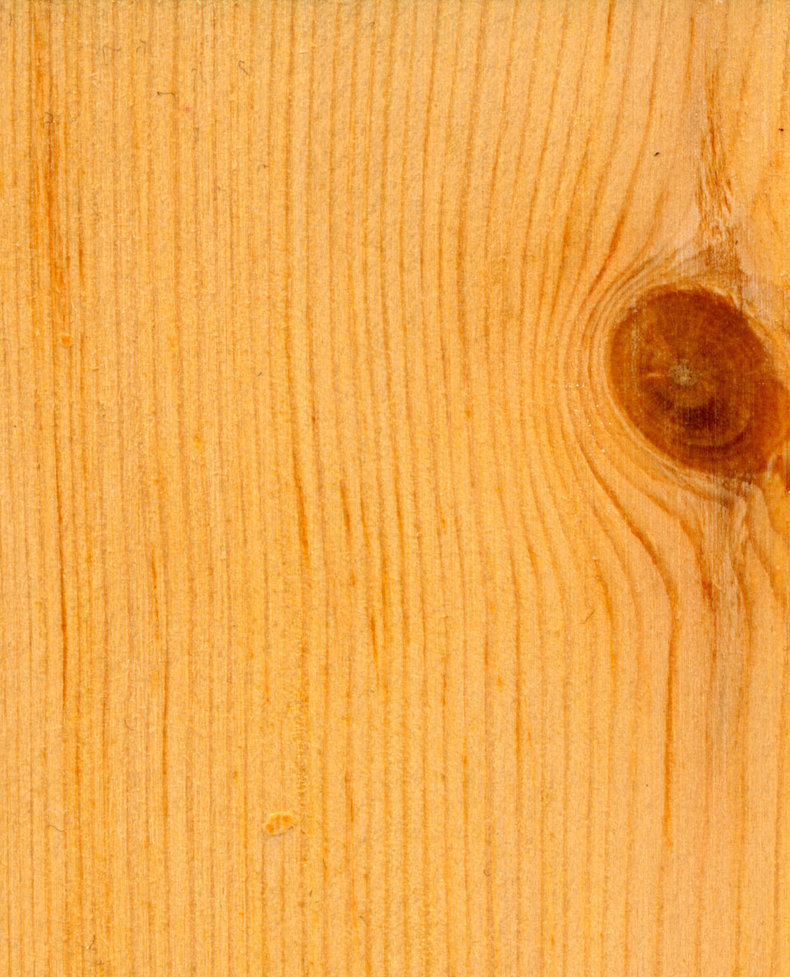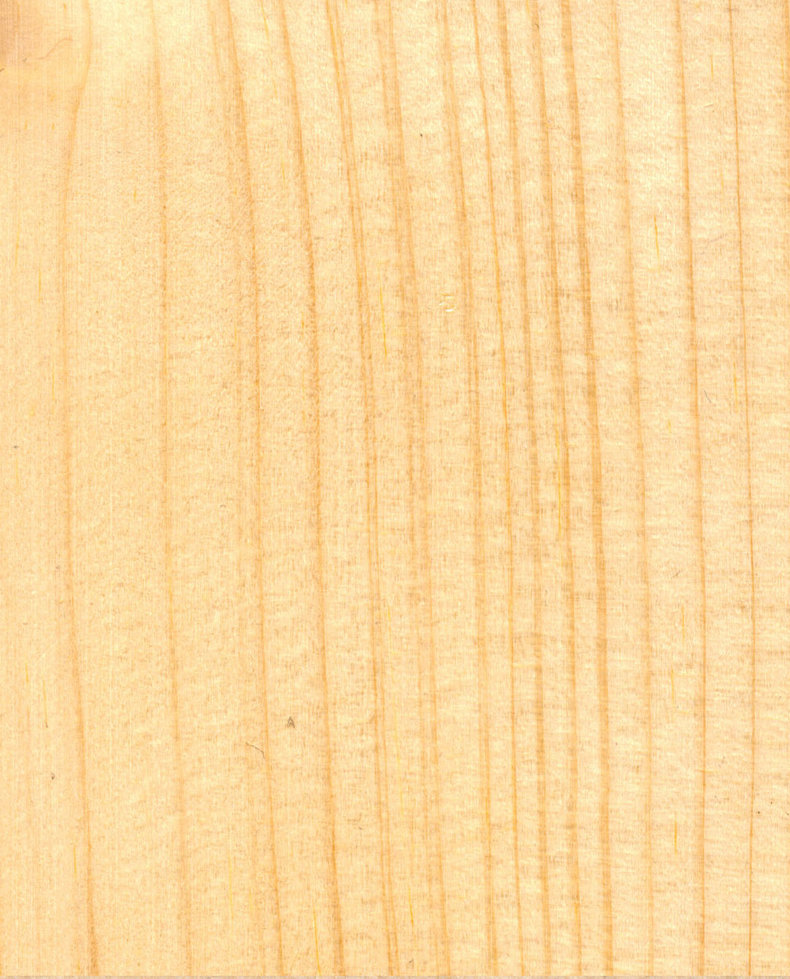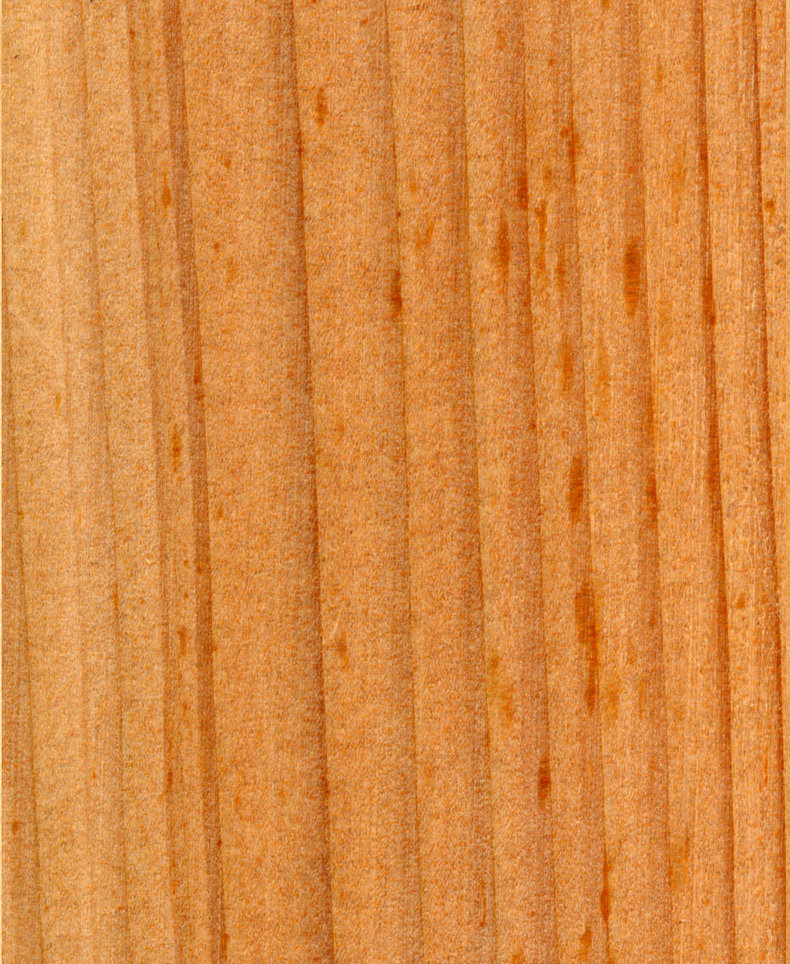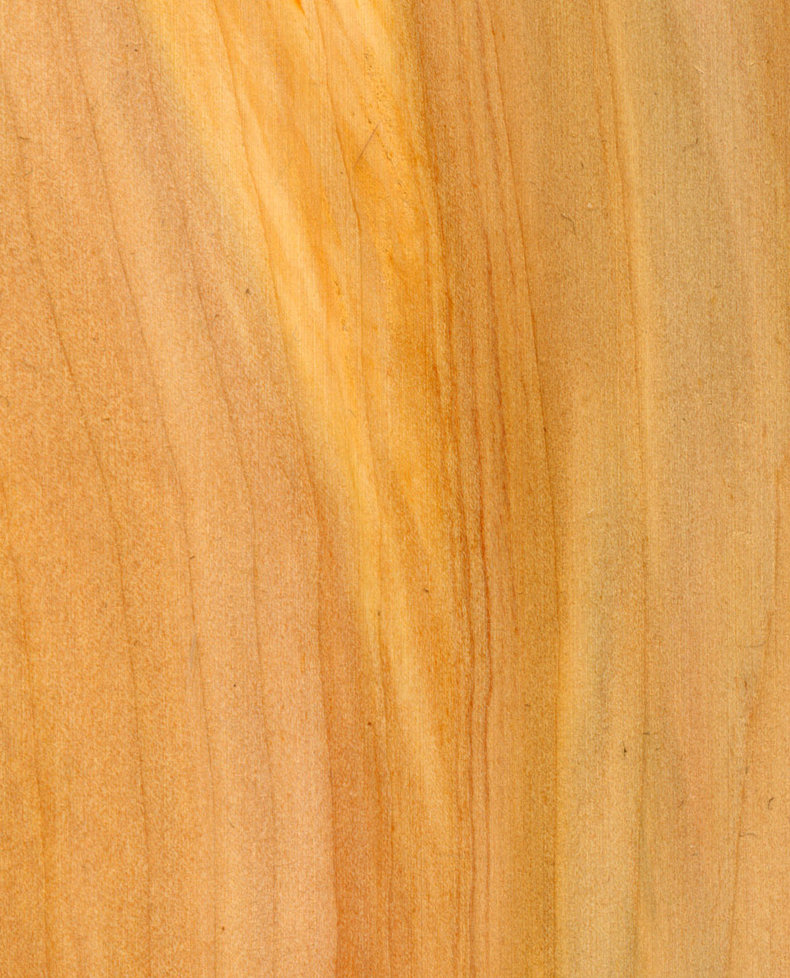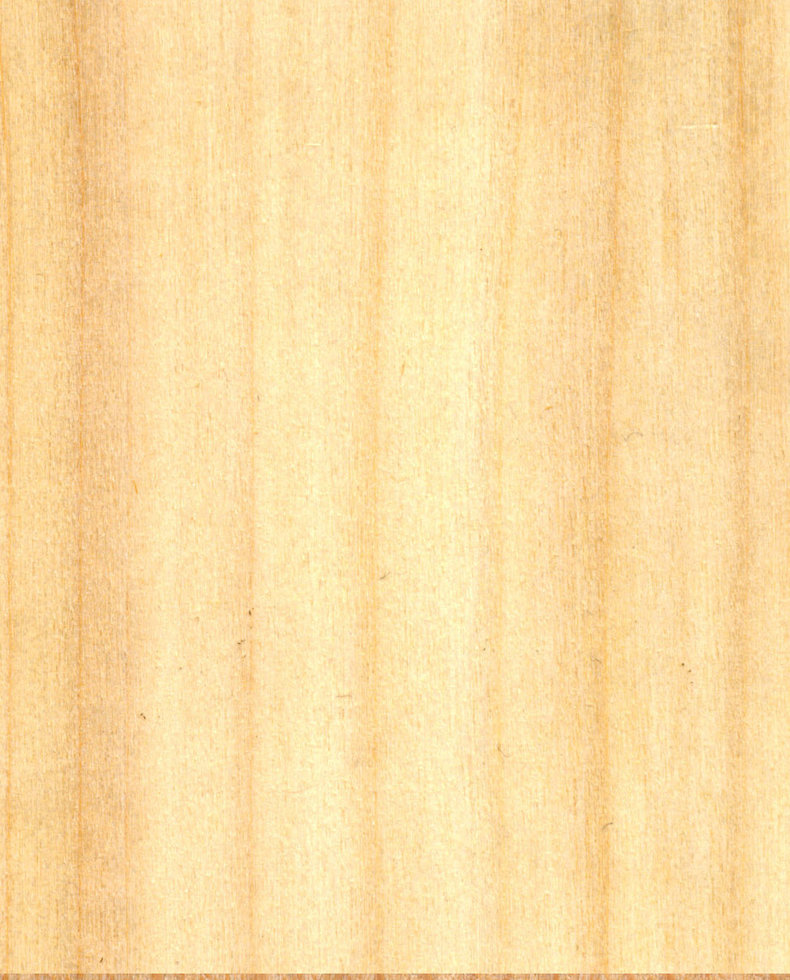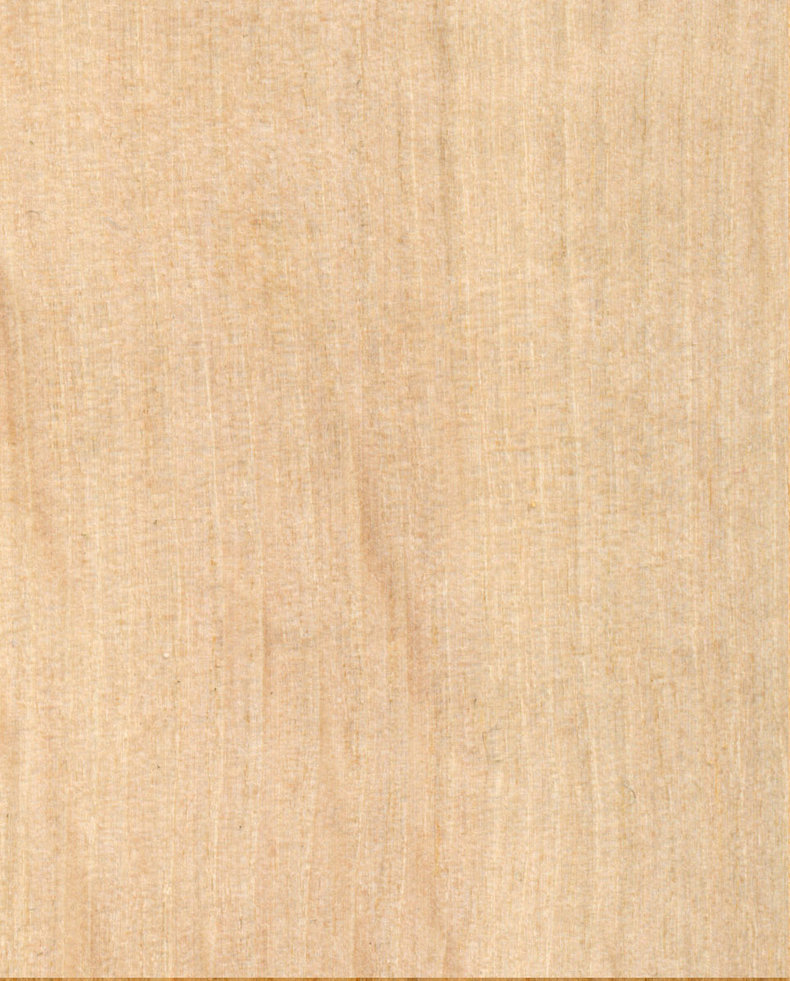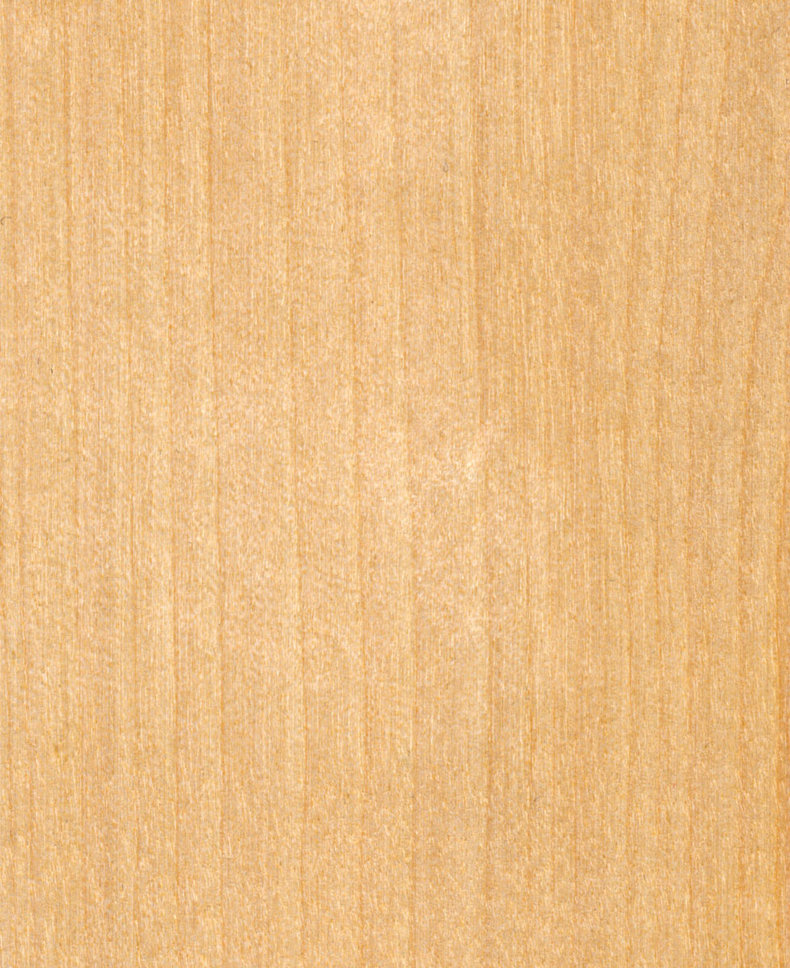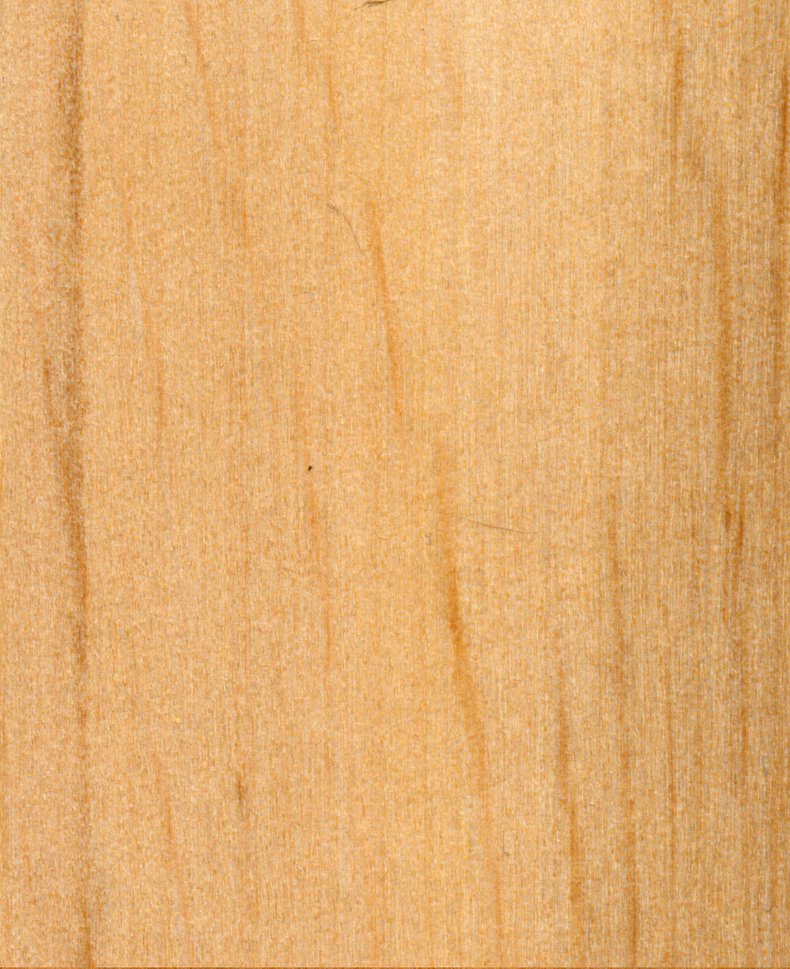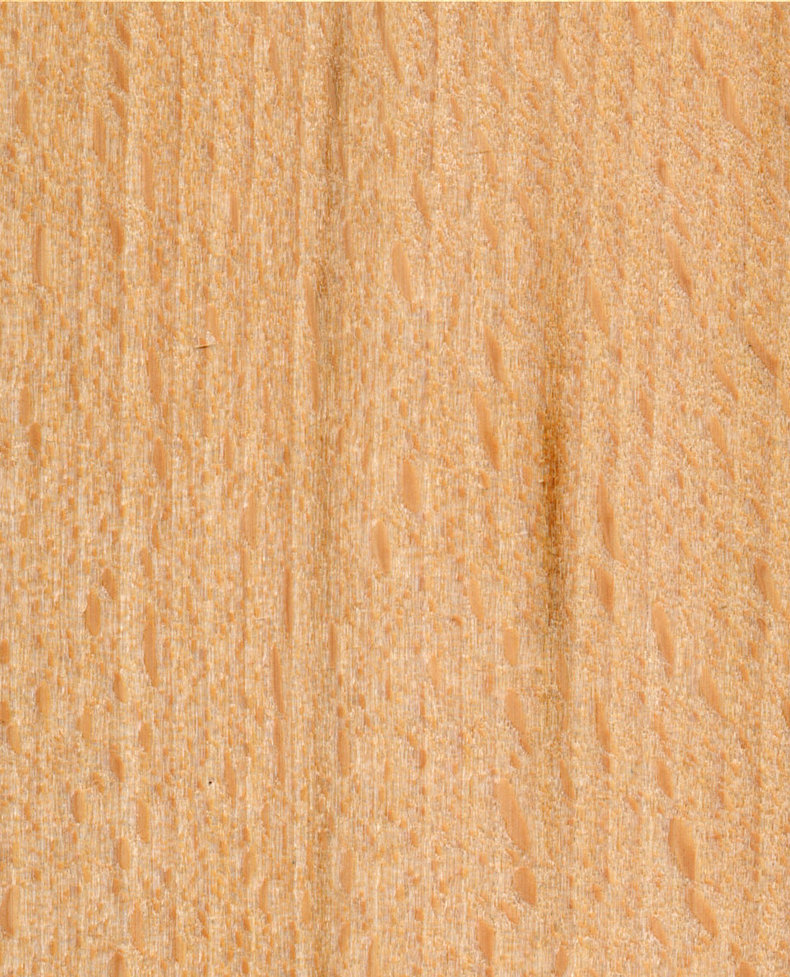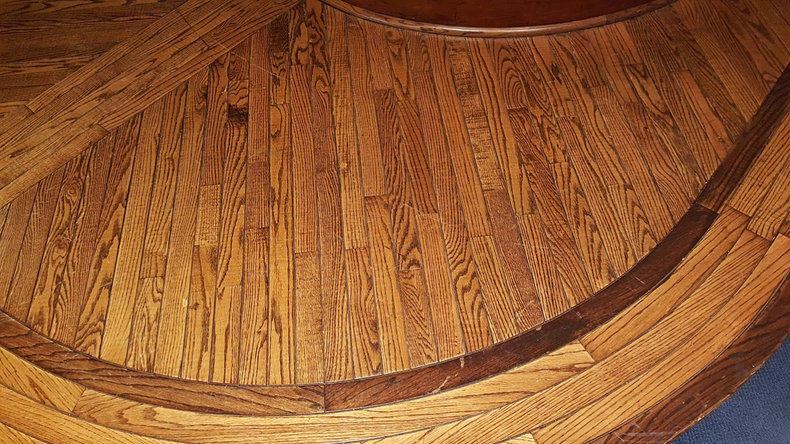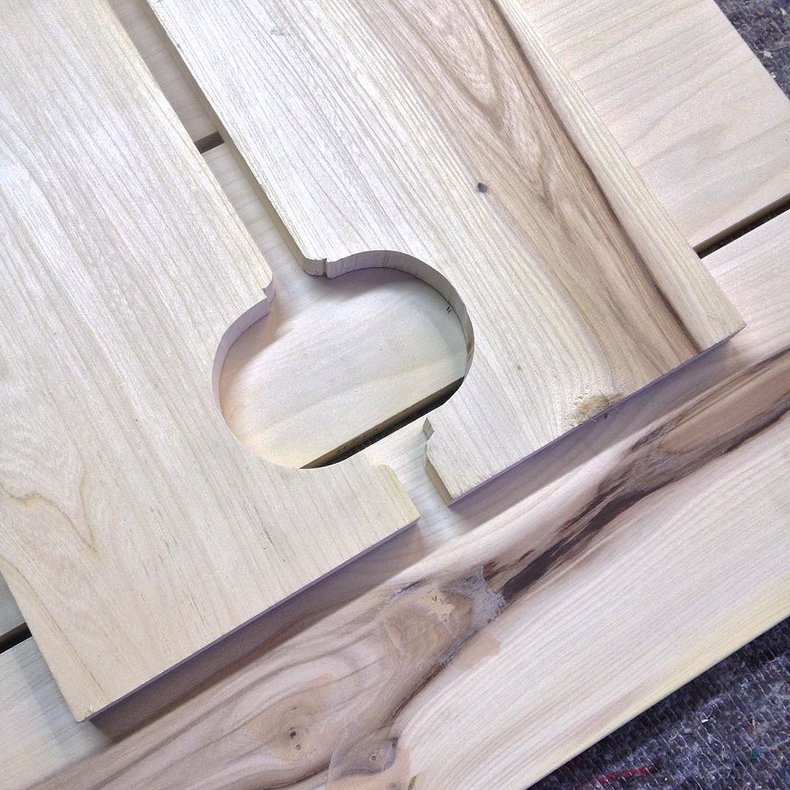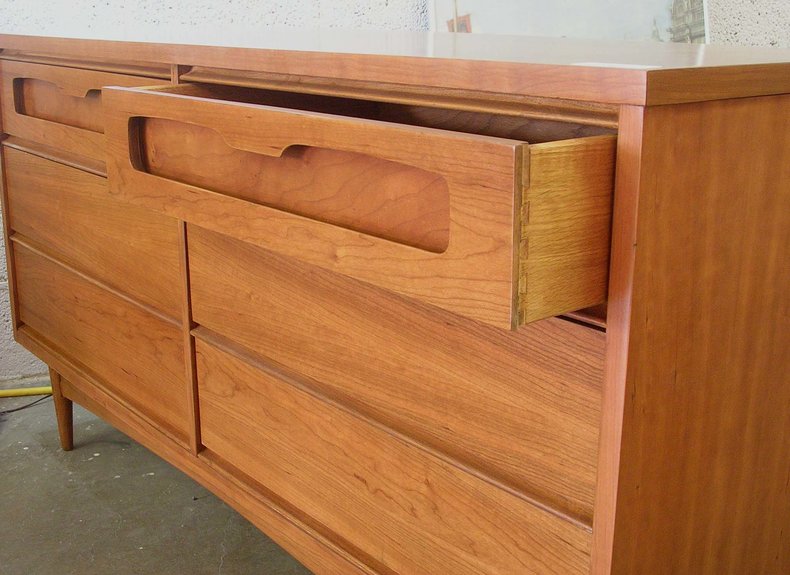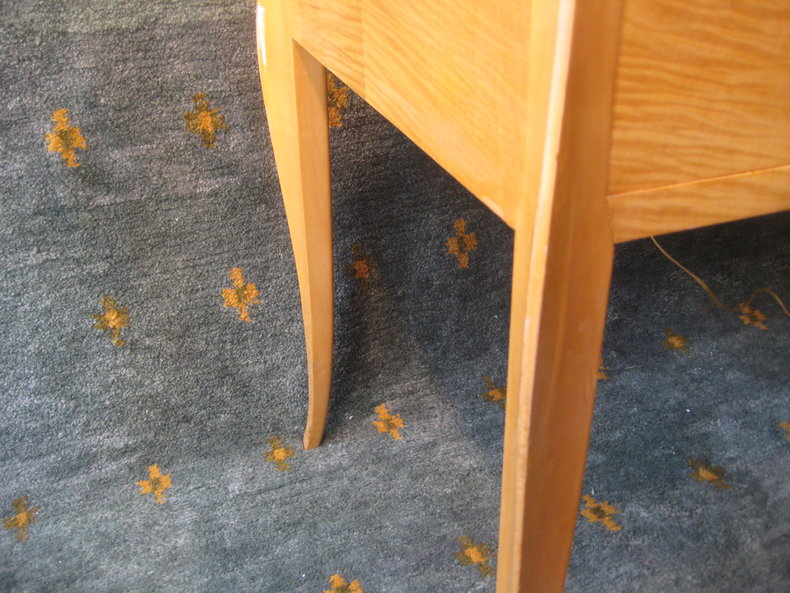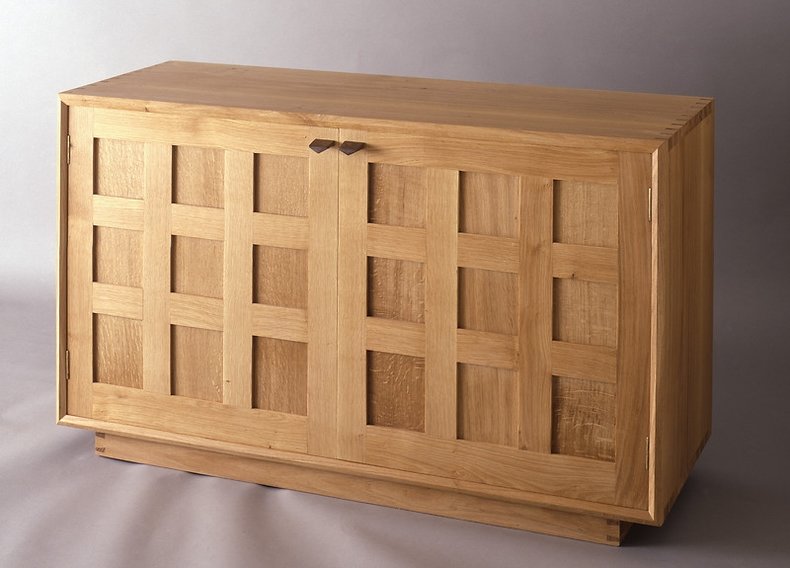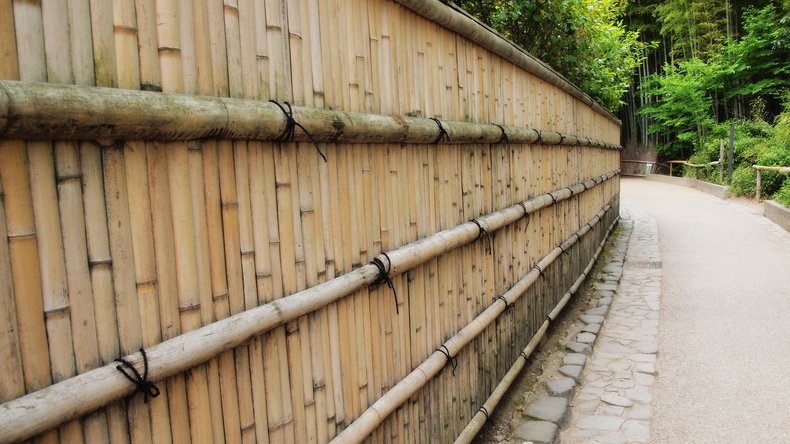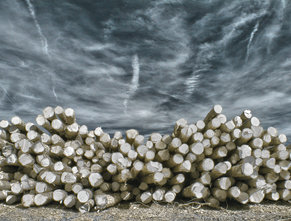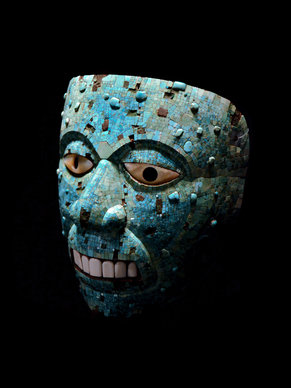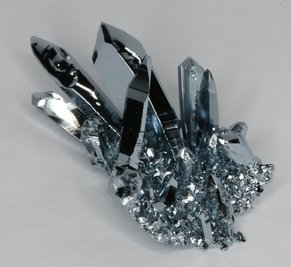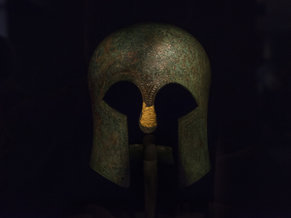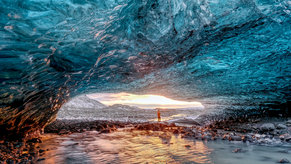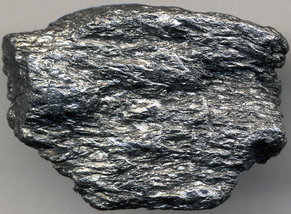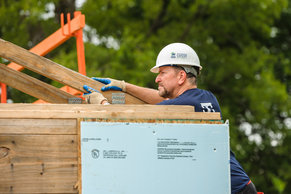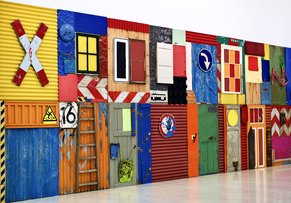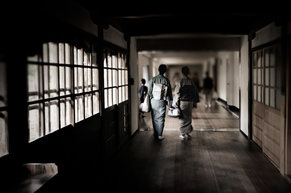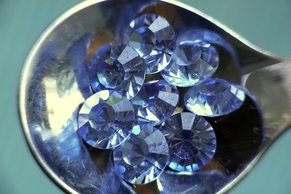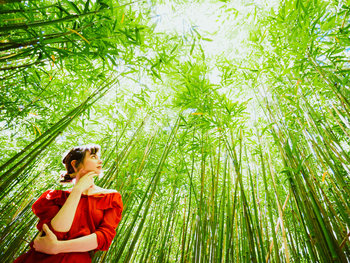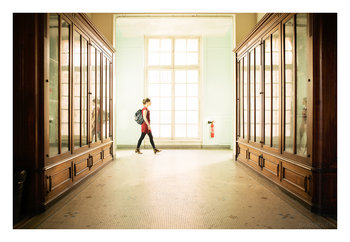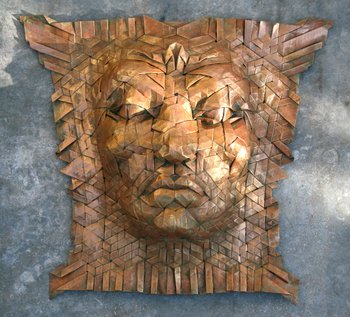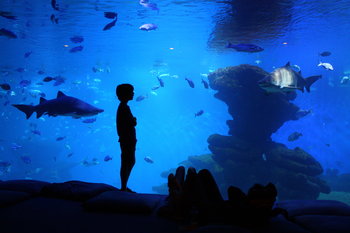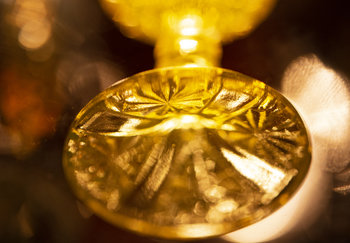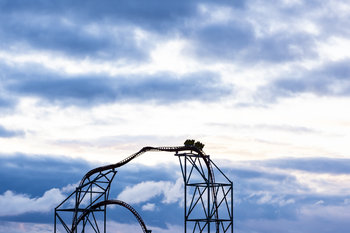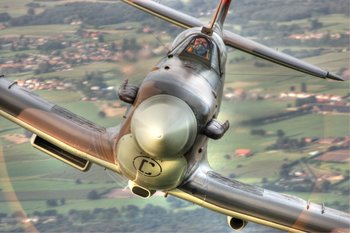|
| |
Wood is a hard natural material that is used in architecture, interiors, landscapes, infrastructure, furniture and products. Wood has different applications and value based on properties such as strength, pliability, density, workability, color, appearance, grain, texture, rot resistance, water resistance, insect resistance and odor. The following are common types of wood.
PinePine is a light yellow softwood with brown knots. It is typically used for indoor purposes including drywall framing, floors, ceilings, paneling and furniture. Pine does not naturally hold up well outside as it lacks resilience in weather and against insects. Indoors it ages well but is easily scratched or dented.SpruceSpruce is a softwood that is often compared to pine as both are commonly used for interiors and have similar properties. Spruce has a high strength to weight ratio and is often considered stronger than pine but this depends on the species as hard varies of pine are potentially stronger. Spruce is used in musical instruments and is an important commercial wood that is commonly used to make paper. Spruce sapwood is yellow and heartwood is reddish brown. It is straight grained.
LarchLarch is considered amongst the strongest softwoods. It is yellow to reddish brown and has a straight grain. It is oily and moderately resistant to weather. High quality larch without knots is traditionally used in ship building and is still in demand for this purpose today. It is also used in exteriors, interiors as paneling and in veneer. Larch trees are conifers but are deciduous. Most conifers are evergreens.JuniperJuniper is a soft, red, fine-grained and fragrant wood. Some varieties of juniper are known as red cedar. Juniper is decay and insect resistant. For this reason, it is used outdoors and can be used for fence posts. Juniper is used in closets as it is believed to keep moths away. Pencils are also commonly made with juniper wood. Juniper trees are extremely resilient and thrive in a wide range of difficult conditions. They are commonly used by farmers for shelterbelts, also known as wind breaks. Junipers were planted in great numbers in the United States and Canada to combat the Dust Bowl of the 1930s. Juniper varieties in the northern Himalayas form some of the highest tree lines in the world growing at an altitude of 16,000 feet.AspenAspen is white, soft, odorless and reasonably strong. It has low flammability and is used to make wooden matches. Aspen isn't considered a visually stunning wood and is often used for utility purposes such as wooden crates. It also has a few niche uses such as paneling for saunas. Beyond that, aspen is available as a plywood and is used to make paper.HornbeamHornbeams are a variety of hardwood trees in the birch family. They are hard and difficult to work with. The term hornbeam derives from the word "horn" and the old English for tree "beam." This is an analogy to the hardness of an animal horn. Hornbeam isn't particular resistant to weather but is very resistant to scratches and dents. As such, it is often used to make small wooden parts that need to be durable. For example, hornbeam were used in early wooden machines such as windmills. It is also used in parquet flooring and chess sets. BirchBirch is a broad category of deciduous hardwood. It is often used to make high-strength plywood that is so strong that it was historically used to construct aircraft. Birch is not at all resilient to outdoor conditions and is often used for interior trim, paneling, doors and furniture. Birch is often used to make veneer woods as it often has an interesting color and grain. Variations of birch are often named for the color of the wood such as gray, white, black, silver and yellow birch. Niche uses of birch include speaker cabinets, musical instruments and skateboards, particularly longboards. It also makes excellent firewood as it is easy to light, has high calorific value and burns evenly without popping even when freshly cut.AlderAlder is a type of hardwood that is a member of the birch family. It isn't a particularly common wood in most places. It is notably perishable outdoors but is resilient in an underwater environment. For example, alder is used as pilings in the foundation of the Italian city Venice. Alder is also commonly used in electric guitars for its even balanced tone.BeechBeech is a reasonably hard and strong wood that is often golden brown. It is considered visually unremarkable and is used as utility timber and in flooring, furniture and small wooden products. Beech is often used in food production where it may add a slight flavor to products such as beer, sausages and cheeses. It is also commonly used to make wooden barrels. Beech was historically used in Germany to produce writing tablets. The etymology of the word book can be traced to the German "buche" meaning beech wood.OakOak is a common hardwood that includes around 600 species of tree in the beech family. Oak wood is hard, strong and moderately resistant to weather. It has a slight characteristic odor that most people find pleasant. Oak is commonly used for interior trim, cabinetry and furniture. It is a widely respected and admired wood that symbolizes strength and endurance in Western cultures. It is mentioned both in the Bible and in Greek mythology and is a popular symbol for governments, regions, cities and institutions.ElmElms are deciduous trees that are common in Europe and North America but have faced several pandemics since the early 20th century due to a fungi known as Dutch elm disease. Elm wood has an interlocked grain that makes it pliable and resistant to splitting. As such, it is used in for drums, hockey sticks, archery bows and other applications where this is an advantage. Elm is not resilient to weather but does well when constantly submerged in water. Historically it was used in the keels of of ships and in underwater structures. Newly cut elm has an unpleasant smell that goes away when the wood fully dries.CherryCherry trees are deciduous species in the prunus family. Several varieties such as the American Cherry produce a valued hardwood that is resilient to weather and highly workable with an attractive grain that is orangish to dark brown. High quality heartwood can be expensive and is often used for premium items such as cabinetry, furniture and flooring.PearPear is a hardwood that is commonly used in Europe and Asia to produce furniture, cabinetry and other premium items. The wood is close-grained with a uniform texture. Pear is a somewhat uncommon wood in North America that is occasionally imported from Europe.MapleMaple is a common tree in the Northern Hemisphere that has over one hundred different species. Large maples such as the Sugar maple in North America and Sycamore maple in Europe are valued for their hardwood. Maple can produce interesting wavy, cury and quilted grains. Unusually interesting grains may be selected after cutting for premium uses such as furniture and flooring. Often used in specialty floors such as basketball courts and bowling alleys. Maple is also used to make baseball bats and bowling pins.Bamboo is a woody plant in the grass family that can grow up to 36 inches in a day. It is common in South Asia, East Asia and the South Pacific. Bamboo is not particularly resistant to rot but is used outdoors nonetheless as scaffolding, fencing and decorative items in gardens. Such structures are viewed as impermanent and are regularly reconstructed. Due to its fast growth rate, high strength to weight ratio and bendability it is an extremely economical and practical material. In Asia, bamboo is often used in its natural form. It is also available as boards made from glued strips of bamboo.Next: Natural Materials
Wood
This is the complete list of articles we have written about wood.
If you enjoyed this page, please consider bookmarking Simplicable.
A list of things made with wood.
TrendingThe most popular articles on Simplicable in the past day.
Recent posts or updates on Simplicable.
Site Map
© 2010-2023 Simplicable. All Rights Reserved. Reproduction of materials found on this site, in any form, without explicit permission is prohibited.
View credits & copyrights or citation information for this page.
|
